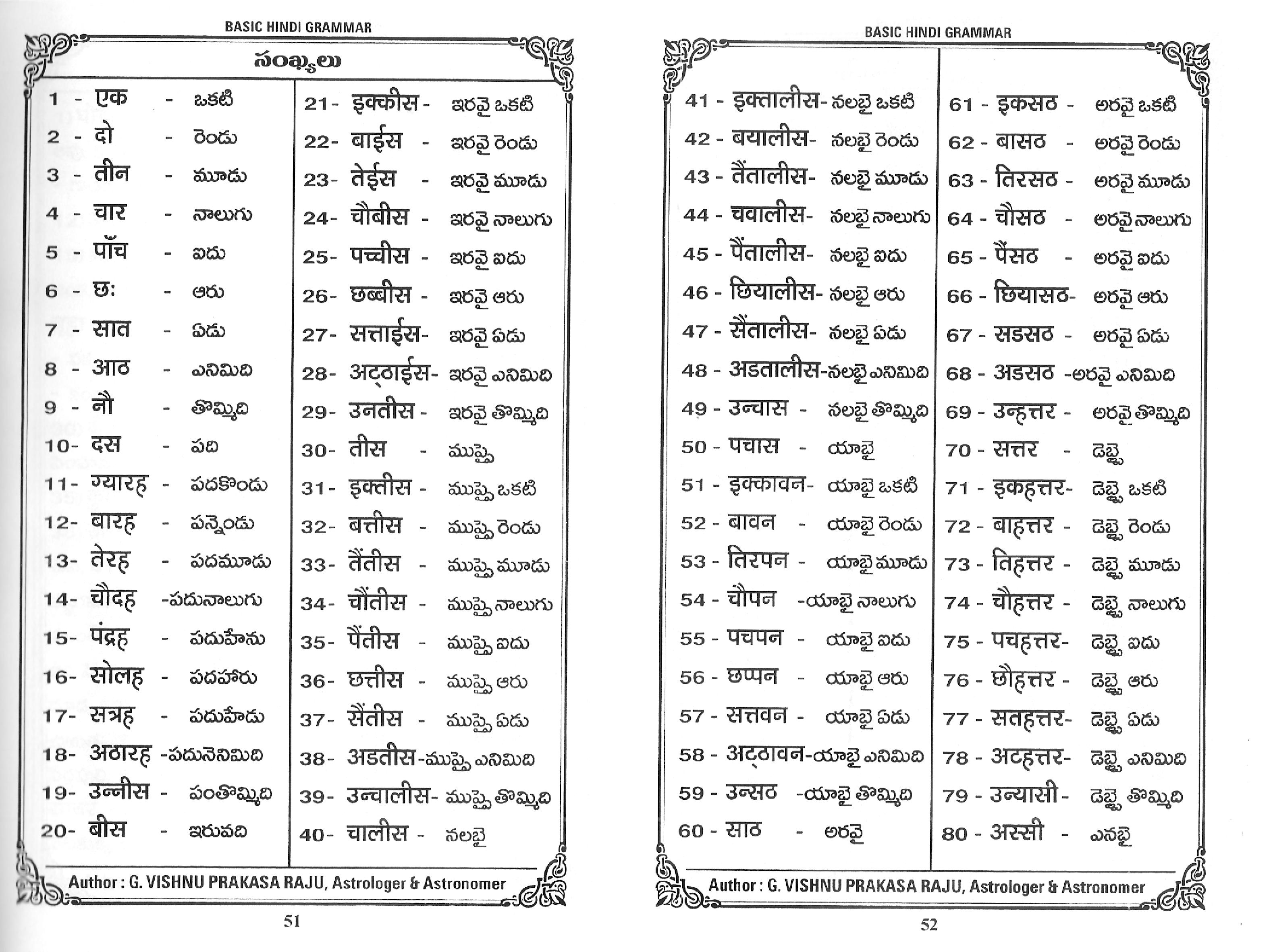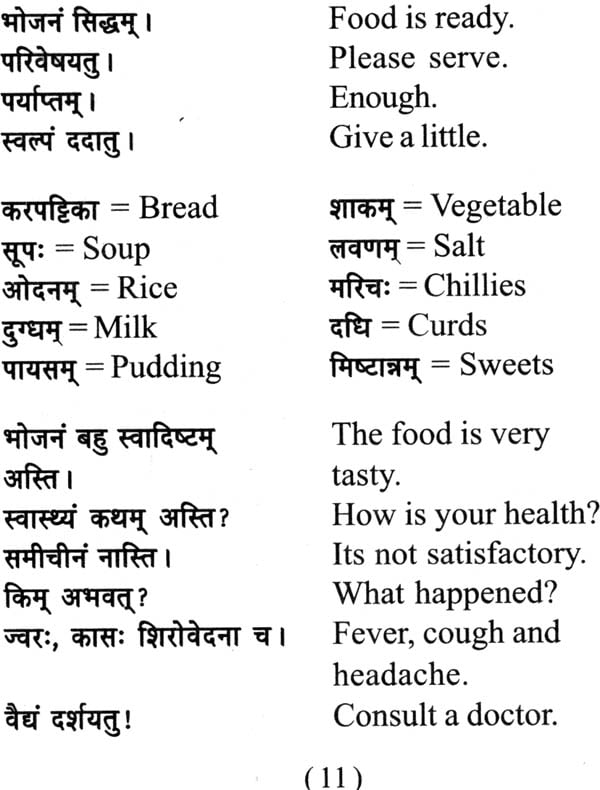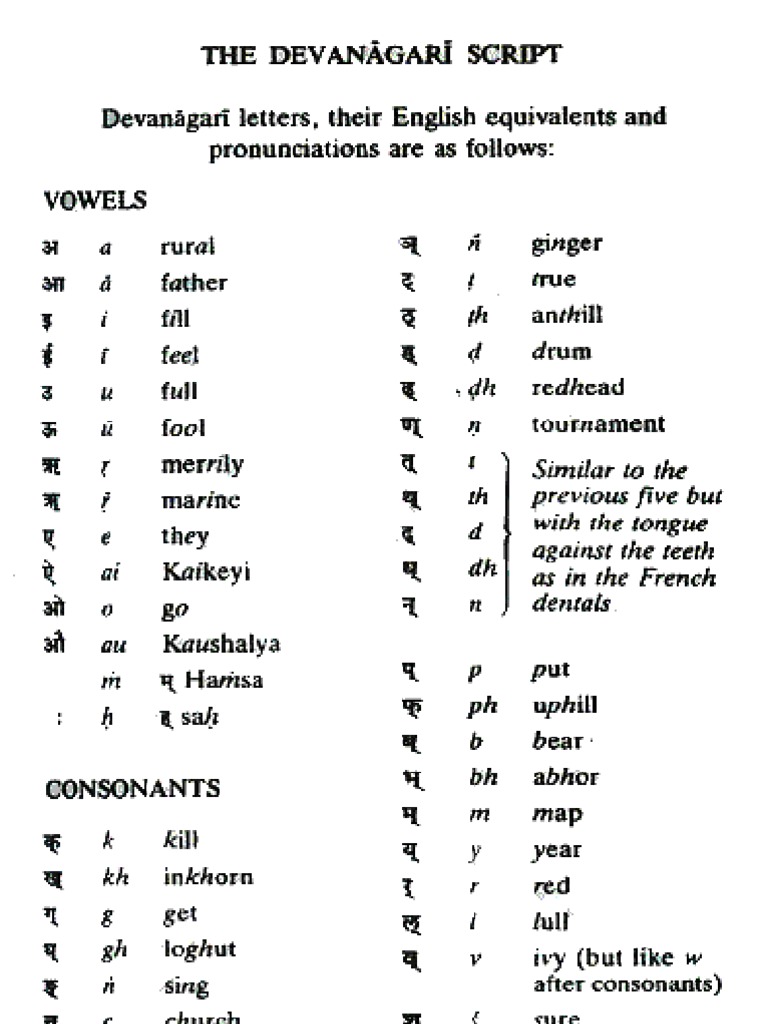Spoken Sanskrit Lessons Pdf
Source of Lessons – Sri Chitrapur Math: Below are the Sanskrut Lessons pdf files. Click on the link to open the lessons. Lessons 1 to 9: 2. Lessons 9 to 13: 3. Lessons 14 to 17: 4. Lessons 18 to 23: 5. Lessons 24 to 27: 6. Lessons 28 to 31: 7. Lessons 32 to 35. Apr 11, 2012 Simplest way to start learning Sanskrit is to learn to make simple sentences. Below are some simple sentences. Following glossary in Table 2 is clear from the above. As is known the pronouns of the third person, singular, viz. He, She, It, are different according to the gender. This is so in Sanskrit also. Free Sanskrit books online for download. Though it is not the official language in India Sanskrit has been listed among the languages of 8 th schedule in the Constitution of India. Extensive database with mutilple meanings and uses for any given word. Course in Spoken Sanskrit organized by the Department of Classical Indology, Heidelberg University. # Simple to Use: Just type any English. The knowledge of Sanskrit is very helpful for anyone who is interested in delving into the original texts relating to various subjects from the Indian traditional knowledge systems. This language, however, is often presented as a difficult language to learn for many and moreover as a classical language of the past that is of no special.
There are many online and offline digital tools available to help those interested in reading Sanskrit. Here are some of the best. It is advisable to study Sanskrit with a teacher, so the resources below are not meant to teach Sanskrit per se. They are simply a handful of recommended tools useful to have at your fingertips to help along the way. Pāṇini tools will be posted separately.


Some of these are in DJVU format which is a lighter-weight alternative to PDF. DJVU format makes scrolling through the larger texts such as dictionaries much more pleasant. Download DJVU readers here.
Dictionaries
Declension & Conjugation
Grammar
Devanāgarī Input
More
Dictionaries
For IOS (iPhone / iPad):
- Purchase and Download Dictionary Universal app (USD $5.99) from the app store
- Download “All Dictionaries” from Arsha Drishti
- Unzip and copy folders containing the dictionaries via iTunes -> iPhone/iPad->Apps -> File Sharing -> Dictionary. You may need to copy each high-level sub-folder individually.
- Start up the Dictionary Universal app (simply called Dictionary”. You can confirm the files are available in Settings -> Dictionaries.
- Wait while the dictionaries are indexed
- सुखी भव – Be happy।
For Integrating into the Native Mac OSX Dictionary:
Integrate Sanskrit dictionaries into the built-in Mac Dictionary so you can look up a Sanskrit word in Devanagari or transliteration by the standard OS X mechanisms of simply highlighting the word or multi-finger double-tapping.
Instructions:
- Download “OSX Sanskrit Dictionaries.zip” which are in Mac OS X format from Arsha Drishti
- Note: These are in a different format than those used in GoldenDict or IOS
- Unzip them and move them to ~/Library/Dictionaries
- Note: This is a hidden folder, so you must use Finder Meu -> Go -> Go to Folder … to get there, or show hidden folders/files with Command + Shift + .
- Open the Dictionary application and enable the new dictionaries in Dictionary -> Preferences
- Download “OSX Sanskrit Dictionaries.zip” which are in Mac OS X format from Arsha Drishti
For OSX (Mac), Windows, Android: Golden Dictionary
Golden Dictionary is a wonderful free program that gives searchable offline access to Apte and Monier Williams Sanskrit-English dictionaries as well as English-Sanskrit lookups and Pāṇini Sūtra-s, commentaries, Dhātupāṭha etc. You can also set it up to query online sources such as the spoken Sanskrit online dictionary It is much easier than other dictionary alternatives and a joy to use, though occasionally unstable and some entries seem to be truncated.
Instructions:
- Download the program – Mac, PC (Updated Version), Android
- Download Dictionaries.zip from Arsha Drishti.
- Dictionaries available zipped for download:
- All: All of the dictionaries below in one zip file
- Apte: The Practical Sanskrit-English Dictionary – A Must-Have:
- Apte-bi: Allows for Sanskrit -> English and English -> Sanskrit look-ups
- Apte-prAtipadikam-sa: Allows for searching for undeclined forms
- Apt-sa: Allows for searching in Devanāgarī
- MW: Monier-Williams Sanskrit-English Dictionary:
- MW-bi-itrans-dev: Allows for Sanskrit -> English and English -> Sanskrit look-ups
- mw-heritage_du_sanskrit_san-eng: Nicer formatting, some redundancies removed
- mw-itrans-rom: No Devanāgarī
- mw-sa: Allows for searching in Devanāgarī
- Grammar: Grammatical form look-up – A Must-Have:
- Declension-heritage_du_sanskrit_san-eng: All declined nominal forms from THIS site. Wonderful.
- Grammar-heritage_du_sanskrit_san-eng: All conjugated verbal forms from the same site. Wonderful as well.
- jnu-tiNanta: Another verbal conjugation source
- Panini: Various Grammatical texts, mostly referencing Pāṇini’s Aṣṭādhyāyī:
- Dhātupāṭha, Lahgu Siddhānta Kaumudi, Bālamanoramā, Nyāsa, Kāśikā, Tattvabodhinī, Dhātupradīpa, Gaṇapāṭha
- Sanskrit-Sanskrit: Several Sanskrit to Sanskrit dictionaries
- वाचस्पत्यम्, शब्दकल्पदुम, अमरकोश, शब्दसागर etc
- Other: Sanskrit computer terms, Purāṇa, Veda, etc
- Setup – Add & process dictionaries (OS X):
- Unzip dictionaries
- In Golden Dictionary: Edit->Dictionaries->Sources
- Point to folder with dictionaries
- Check Recursive box
- Click Apply button
- Usage Notes:
- Input with diacritical marks is not accepted
- Long vowels are doubled e.g. आ/ā = aa;
- क्ष् (kṣ) = x;
- ज्ञ् (jñ) = gy;
- ट्/त् (ṭ/t) = t;
- ड्/द् (ḍ/d) = d;
- ङ्/ञ/ण/न (ṇ/ñ/ṇ/n) = n
- श्/ष ś/ṣ =sh;
- Apte often presents nominal entries in declined form (e.g. ज्ञानम् / gyaanam) , but Monier in undeclined form (e.g. ज्ञान / gyaana); Best to search for both. The Prātipadikam version of Apte allows for searching in the undeclined form
- You can turn individual dictionaries on and off, or set up groups in Golden Dictionary to reduce clutter / redundancy
- Setting up links to external sources
- To incorporate external Wiki sources into Golden Dict add these entries under Menu -> Edit -> Dictionaries -> Sources -> Wiki
- Name: Sanskrit Wikipedia; Address: https://sa.wikipedia.org/w
- Name: Sanskrit Wiktionary; Address: https://sa.wiktionary.org/w
- Name: English Wikipedia; Address: https://en.wikipedia.org/w
- Name: English Wiktionary; Address: https://en.wiktionary.org/w
- Make sure to tick the “Enabled” check box
- To incorporate external Spoken Sanskrit online dictionary into Golden Dict add this entry under Menu -> Edit -> Dictionaries -> Sources -> Web
- Name: Spoken Sanskrit; Address: http://spokensanskrit.org/index.php?mode=3&script=hk&tran_input=%GDWORD%&direct=au&anz=100
- Make sure to tick both the “Enabled” and “As Link” check boxes
- To incorporate external Wiki sources into Golden Dict add these entries under Menu -> Edit -> Dictionaries -> Sources -> Wiki
Scanned Dictionaries
Monier Williams – Sanskrit-English Dictionary
Individual Pages
Nicely scanned and individually named pages. Find the page containing the word you want and open it up. Can work on mobile platforms too with the right reader.
PDF format
TIFF format
Book
Apte – The Practical Sanskrit-Enlish Dictionary – Book
- DJVU format – Usable
Online Dictionaries
- Kosha.Sanskrit.Today – A very good collection of a number of easily searchable dictionaries
- SanskritDictionary.com is another good portal into a number of dictionaries
- Spoken Sanskrit online dictionary – A good quick resource
- Monier Williams – Usable
- ApteUsable
And . . .
More soft-copy dictionaries are in the Arsha Drishti Library.
Declension and Conjugation
- Online –The Sanskrit Grammarian – Quick, easy, usually right 🙂
- Downloadable PDF format book – Śabdamañjarī
Grammar
Kale Higher Sanskrit Grammar – A thorough and authoritative resource with Pāṇini references
- Online Kale Grammar – Nice index into material, if a bit slow
- Downloads
- DJVU format – Usable
Devanāgarī Input
Learn to directly type directly in देवनागरी and love life forever.
Mac / OSX
Option 1

Use the built-in Hindi input methods. HERE is a good video tutorial. This is the simplest approach if you don’t need transliterated characters.
Option 2
ArshaDrishti Sanskrit keyboard layout allows you to easily and directly enter both Devanāgarī and transliteration with diacritical marks. It is a modification of the DevUni (Devanāgarī Unicode) keyboard layout.
To setup:
1. Download the file ArshaDrishti Sanskrit V2.2.bundle.zip from Arsha Drishti HERE
2. Unzip the file
3. Copy the unzipped file ArshaDrishti Sanskrit V2.2.bundle into /Library/Keyboard Layouts. This may require administrator authentication
4. In System Preferences -> Keyboard -> Keyboard tab check the box: “Show keyboard & emoji viewers in menu bar”
5. In System Preferences -> Keyboard -> Input Sourcesclick the “+” icon on the lower left. Then select “Sanskrit” in the left column. Select “ArshaDrishti Sanskrit” in the right column and click Add
6. In the same tab System Preferences -> Keyboard -> Input Sourcescheck the box“Show input menu in menu bar”
7. Quit System Preferences
8. From the input menu pull-down in the menu bar select “ArshaDrishti Sanskrit”. You should see the icon next to it
9. Also select “Show Keyboard Viewer” from the same dropdown menu to show the keyboard viewer.
10. Press the shift key and the option key individually and also together with the caps lock off to see the various transliteration characters in the keyboard viewer,
11. Press the shift key and the option key individually and also together with the caps lock on to see the devanāgarī characters in the keyboard viewer.
To use:
Important Keys:
Caps Lock – shifts you in and out of Devanāgarī mode
Shift
Option
Option-Shift
“f” key gives you the virāma allowing creation of conjunct consonants
To type in Devanāgarī, turn the Caps Lock on. Look at the Keyboard Viewer to understand the keyboard layout. See the additional characters made available by the Shift, Option, and Shift-Option keys.
To use transliteratedcharacters ensure Caps Lock is off. Look at the Keyboard Viewer to understand the keyboard layout. See the additional characters made available by the Option and Shift-Option keys. Without the option key, the standard keyboard is available.
Known bugs:
1) Rarely used Devanāgarī non-initial long ॠ / ṝ, long ॡ / Ḷ and short ऌ / ḷ characters do not properly appear under the consonant;
Workaround: Using “Show Emojis and Symbols” find the following Devanāgarī characters and add to your “Favorites” in the character viewer:
DEVANAGARI VOWEL SIGN VOCALIC RR
DEVANAGARI VOWEL SIGN VOCALIC LL
DEVANAGARI VOWEL SIGN VOCALIC L
You can now insert these non-initial vowels after a consonant by clicking on them in your Character Viewer Favorites – e.g. कॄ कॣ कॢ
2) Insertion of an extra space after a virāma e.g. सूत््रर instead of सूत्र
Scope: Some chrome input fields
Workaround: Backspace one space after entering a virāma, and conjunct consonants will form properly
Windows
Vidyut – The Vidyut keyboard enables direct typing of Unicode-compliant Devanāgarī and selected Sanskrit Vedic and metrical marks on Windows computers using a phonetic method.
BarahaIME is a well-established Windows Input Method Editor (IME) for a variety of Indic languages. 30 day free trial
Keyman Desktop allows a large number of scripts that people have made to handle a variety of foreign languages. The script (keyboard manager) to use along with this is the Heidelberg Input Solution. It makes use of the International Standard for transliteration. For example, it converts a ‘s’ into palatal by typing a ` before the s, a cerebral by typing a . before the s, and so on. Recommended font is Siddhanta.
Google Input Tool – Used to provide a free downloadable tool for Windows; Now has only Chrome extension and Android version; Can also be used online.
Mobile
Both Android and iPhone have Devanāgarī keyboard layouts you can enable or download.
Spoken Sanskrit Lessons Pdf Download
Online
- Google Input Tool – Set to Sanskrit and type away
- Sanscript – Another option
More
Roots, Verb Forms and Primary Derivatives by Whitney – A quick and easy reference for verbs and verbals
Spoken Sanskrit Lessons Pdf Online
- Downloads
- DJVU format – Usable
Many more Western and Pāṇinīya Sanskrit grammars, primers, readers, dictionaries etc. will be available soon in the Arsha Drishti Virtual Library.Pāṇini tools coming soon.
 Viewersinterested in keeping a copy of the lessons for off-line reference may downloadthe lessons on to their systems. Off-line reading will require additional software to view the text in Devanagari. Also, theoff-line versions of the lessons will not allow interactive learning. Thisis not a serious limitation however.
Viewersinterested in keeping a copy of the lessons for off-line reference may downloadthe lessons on to their systems. Off-line reading will require additional software to view the text in Devanagari. Also, theoff-line versions of the lessons will not allow interactive learning. Thisis not a serious limitation however.For our friendswho have difficulty accessing the internet, the lessons may be obtained via email. Please see below.
Samskritapriyah offerthe lessons in the following formats
1. HTML format
This format is very convenient for off-line viewing using a standardweb browser such as Netscape 4.5 or Internet Explorer 4.X or higher. Viewingthe lessons in HTML requires that appropriate fonts for Devanagari and Roman diacritics beinstalled in the systems. The fonts have been made available at this siteIITM Fontsand so this should not pose a problem. Please download the iitmsans and iitmipafonts suited to your system (Windows, Linux or Mac). However, installingfonts on systems may not always be a smooth affair and so viewers are requestedto familiarize themselves with the fonts installation process appropriateto their systems. Each lesson is available as one file with all the subsectionsput together.
Viewers mayalso be interested in preparing text in Devanagari. The multilingual editoris ideally suited for this purpose. A copy of the editor is available for free download from this site. When you install the editor, the relevant fontswill be available for offline reading of the lessons.
2. LLF format
This format is the native file format used by all the applicationsdeveloped as part of the IITM Software project. The Multilingual editor orviewer may be used to view the lessons on Windows machines .
As of now,Linux and MacIntosh users will have use the html or the pdf formats.
The Multilingualeditor software will have to be installed on Windows Systems. Please read through the pages on downloading and installing the IITM Editor. In this format, each lessonis presented as a single zip file containing the llf files for that lesson.Please download the zip file and unzip the same to get the .llf files ineach lesson.
3. PDF format
Thisformat is sufficiently universal and the Acrobat Reader on a system willbe adequate to view the lessons off-line. There are a few shortcomingswith this format of the lessons with respect to the presentation. The lessonsare presented in one single file for each lesson and so the convenience of the presentation as in these pages will be lost. However, this format offers the flexibility to view the lessons on almost all computers including the Macintosh. There is not need to install any fonts for Devanagari. The document embeds the font and so the lessons can be viewed easily.
Receiving Lessons via email
Samskritapriyahwill be pleased to provide these lessons via email in any of the three formats. Kindly send in a request to us at the address given in contact Acharya page, expressing your desire to receive the lessons by email. The lessons will besent as attachments and will require the multilingual editor for viewing thetext in the .llf format. Please note that different browsers may render htmltext differently. Internet Explorer 5 does not render the upper Ascii glyphsbut Netscape versions will handle the same correctly.
When you send in a request, please indicate the formatin which you would like to receive the lessons. Samskritapriyah request that only those who do not have direct access to the internet ask for the lessons via email.